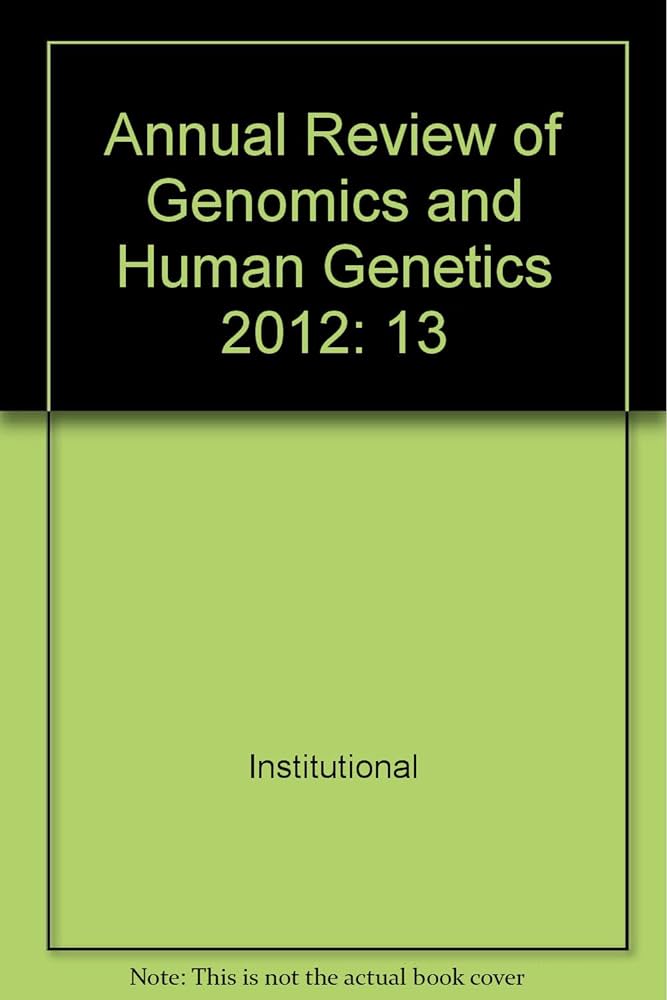可转座元件活性变化的原因和后果:进化的视角
IF 7.9
2区 生物学
Q1 GENETICS & HEREDITY
Annual review of genomics and human genetics
Pub Date : 2024-04-11
DOI:10.1146/annurev-genom-120822-105708
引用次数: 0
摘要
可转座元件(Transposable elements,TEs)是一种基因组寄生虫,几乎存在于包括人类在内的所有真核生物中。可转座元件之所以能在进化过程中取得成功,是因为它们具有复制活性,能插入新的基因组位置。从类群之间到个体内部,TE 的活性在多个层面上存在差异。TE 活性对人类健康影响的证据在迅速积累,研究 TE 活性的新工具也在快速发展,这促使我们对迄今所知的 TE 活性进行评估。在这里,我们从进化的角度讨论了 TE 活动变化的原因以及这种变化的后果。通过在进化理论的背景下研究非人类生物的 TE 活动,我们可以揭示影响 TE 活动的因素。虽然TE活动的后果通常是有害的,但有些TE活动会给宿主带来益处或影响其他进化过程,从而对进化产生持久的影响。本文章由计算机程序翻译,如有差异,请以英文原文为准。
Causes and Consequences of Varying Transposable Element Activity: An Evolutionary Perspective
Transposable elements (TEs) are genomic parasites found in nearly all eukaryotes, including humans. This evolutionary success of TEs is due to their replicative activity, involving insertion into new genomic locations. TE activity varies at multiple levels, from between taxa to within individuals. The rapidly accumulating evidence of the influence of TE activity on human health, as well as the rapid growth of new tools to study it, motivated an evaluation of what we know about TE activity thus far. Here, we discuss why TE activity varies, and the consequences of this variation, from an evolutionary perspective. By studying TE activity in nonhuman organisms in the context of evolutionary theories, we can shed light on the factors that affect TE activity. While the consequences of TE activity are usually deleterious, some have lasting evolutionary impacts by conferring benefits on the host or affecting other evolutionary processes.
求助全文
通过发布文献求助,成功后即可免费获取论文全文。
去求助
来源期刊
CiteScore
14.90
自引率
1.10%
发文量
29
期刊介绍:
Since its inception in 2000, the Annual Review of Genomics and Human Genetics has been dedicated to showcasing significant developments in genomics as they pertain to human genetics and the human genome. The journal emphasizes genomic technology, genome structure and function, genetic modification, human variation and population genetics, human evolution, and various aspects of human genetic diseases, including individualized medicine.

 求助内容:
求助内容: 应助结果提醒方式:
应助结果提醒方式:


